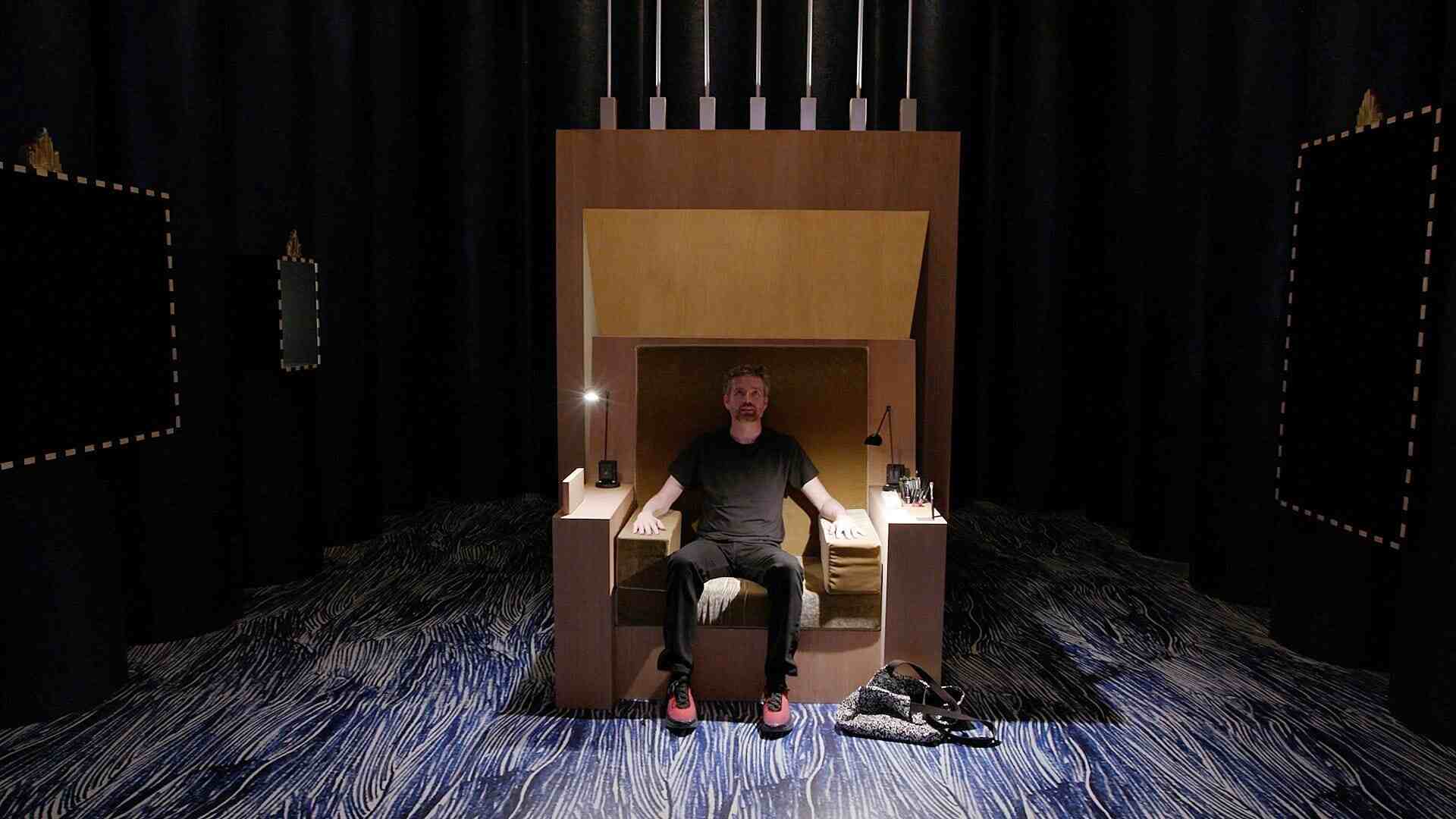- | 9:30 am
Fashion week birthed fast fashion. Can it kill fast fashion, too?
We invented fashion week 80 years ago. Here’s how we could update it for the 21st century.

A hyperrealistic taxidermy of lion, wolf, and snow leopard heads. Gargantuan wooden toy horses and owls. An anthurium flower towering over human forms below.
You’d be forgiven for thinking these are the sets of a play or a description of an art exhibition. In fact, they were each the backdrop of a recent fashion show from Schiaparelli, Chanel, and Loewe, respectively. As more designers have done shows for fashion weeks in London, Paris, Milan, and New York, they’ve had to pour more resources into showmanship and spectacle to get attention. As New York Fashion Week begins, we’ve yet to see what kind of eye-popping shows fashion houses have in store for us.
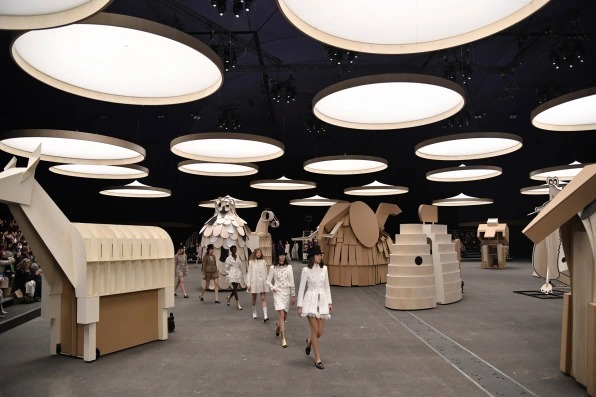
[Photo: Victor Virgile/Gamma-Rapho/Getty Images]
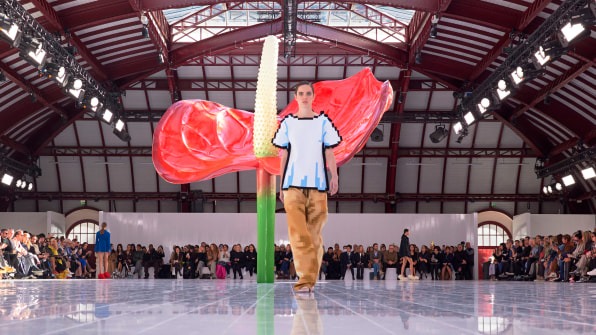
[Photo: Peter White/Getty Images]
But these are the least of our problems. The real issue with fashion week is that it is meant to artificially cultivate trends and signal that the previous season’s clothing is obsolete. This philosophy trickles down throughout the entire industry, empowering fast-fashion brands to churn out new clothes at increasing velocity, to the tune of 150 billion garments a year. To create a more sustainable fashion industry, we need to rethink more than the logistics of fashion week, we need to rethink its purpose altogether.
Could we create a fashion week that remains artistic and inspiring, but isn’t about constantly moving on to the next new thing? With a bit of imagination, I believe we can.
THE TREND-MAKING MACHINERY
In the late 1800s, designers and department stores developed fashion shows to introduce wealthy consumers to upcoming designs. In 1943, in the thick of the Second World War, the American fashion industry decided to create the first official fashion week to support American designers and make it easier for the fashion press to see all of their collections at the same time.

A fashion show in New York, ca 1953 [Photo: Bettmann/Getty Images]
It wasn’t clear back then, but this was the start of the modern industrial fashion complex as we know it. This first fashion week would evolve into a biannual affair; Paris, London, and Milan would eventually hold similar events. Suddenly, designers were expected to create at least two collections a year, and each needed to be dramatic, unexpected, and different from what came before. Fashion buyers would attend these shows to decide what pieces to order for their boutiques in the upcoming season.
In the late 1980s, fast-fashion brands Zara entered the mix. They had built the technology to create fashion-forward garments quickly and cheaply. To decide what pieces to manufacture, fast-fashion designers paid close attention to what was happening on the runways, taking note of the color palettes and silhouettes to inform their new collections. (They were also notorious for ripping off entire outfits.)
In many ways, fashion week laid the foundation for the rise of fast fashion. And now, four decades later, fast fashion dominates the fashion industry, churning out billions of pieces of cheap clothes for the masses. Besides the original players, everyone from Target to Walmart to Forever21 to Shein now compete in this space. In order to keep consumers buying more, these brands must constantly come up with fashionable new pieces, and many of these trends originate with the runway shows.
The fashion industry machinery now works so seamlessly that it can often be invisible to the average consumer. But those in the industry can identify why a particular color or silhouette is all the rage in the suburban mall. In The Devil Wears Prada, Miranda Priestly explains the system to her assistant Andy Sachs, illustrating why the latter is wearing a cerulean blue sweater. “You’re blithely unaware of the fact that in 2002, Oscar de la Renta did a collection of cerulean gowns, and then I think it was Yves Saint Laurent . . . who showed cerulean military jackets,” Priestly says. “And then . . . it filtered down through the department stores, and then trickled on down into some tragic casual corner where you, no doubt, fished it out of some clearance bin.”
Nearly 20 years after The Devil Wears Prada, the system continues to churn out new trends at even greater speed and volume. Glamour, for instance, argues that pastel pink, black, and cobalt blue will be big in the spring, as will low-rise waists and sheer fabrics, based on the Spring/Summer collections designers showed last fall. Most consumers will buy these looks at cheap prices and throw them out after about seven wears. Then the cycle will continue.
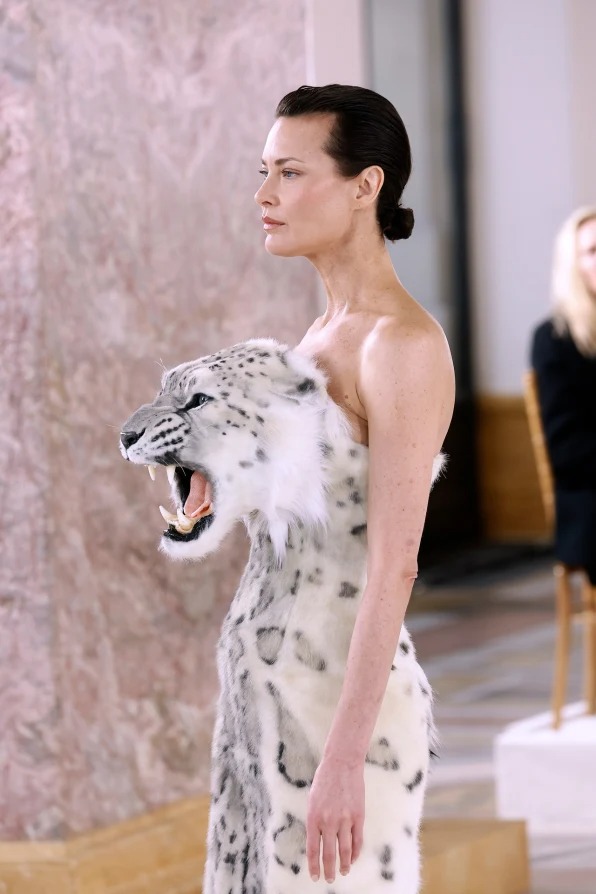
[Photo: Estrop/Getty Images]
HOW CAN WE GET OUT OF THIS MESS?
What would it take to turn back the clock, and return to a time when the industry wasn’t beholden to this absurd pace of trends?
For starters, the fashion industry needs to fundamentally change the construction of clothing. Going back to 1943, when the first fashion week took place, consumers were buying a fraction of the garments they purchase today. It was much more expensive to make clothing back then, since manufacturers weren’t using cheap overseas labor and inexpensive materials. But people also had different expectations around what they should pay for clothes. In 1950, people spent 12% of their income on clothing; by 2020, it was only 2.3%. It’s no surprise then that the number of clothes we own today has grown exponentially.
Before the fast-fashion shift, consumers expected their clothes to be long-lasting: This meant both they would be durable but also that they wouldn’t go out of fashion quickly. It’s possible to move back to a world where quality is a priority, and products are priced accordingly. Indeed, there are now more brands premised on creating timeless, durable pieces, including Cuyana, Eileen Fisher, and The Frankie Shop.
Which brings us to the question of trends: Is it possible to have a fashion industry that isn’t premised on making the existing clothes you own seem obsolete? I believe it is. The internet has enabled multiple aesthetics to coexist. If you take a look at style influencers on Instagram and TikTok, they offer a myriad of different looks, from classic chic to futuristic Y2K styles. (As I mention in a previous story, this is also happening in the realm of interior design; there isn’t a single, mainstream aesthetic for homes anymore.) What if we lived in a world where we all bought high-quality clothes that we loved, in styles that allow us to express who we are, and just held onto them for years?
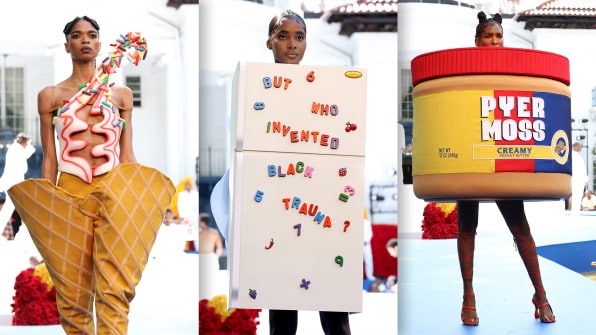
[Photos: Cindy Ord/WireImage/Getty Images]
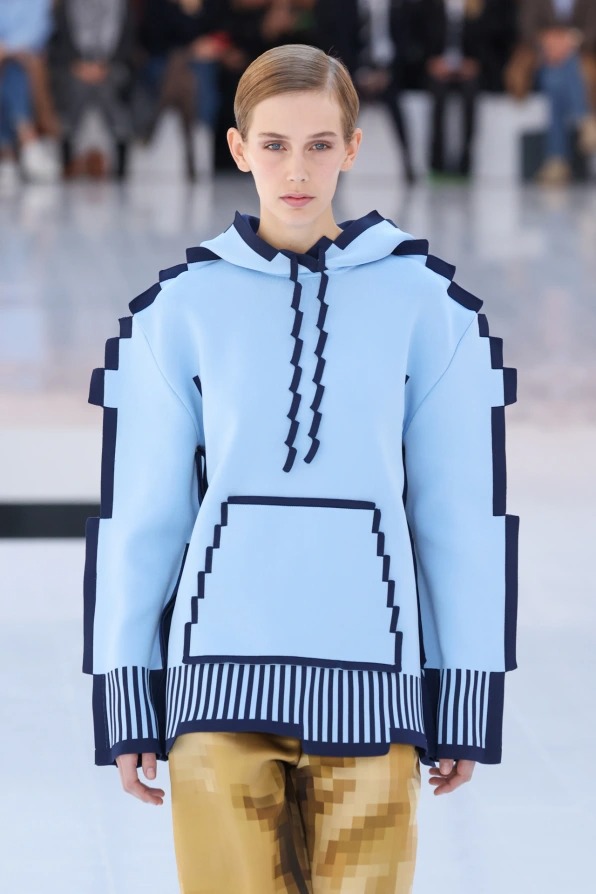
[Photo: Peter White/Getty Images]
Designers could continue to do this kind of conceptual work while making the classic pieces their brands are known for. (After all, most consumers are looking to buy iconic pieces from luxury brands, like Chanel’s tweed jackets and Burberry’s trench coats.) The key would be for the fashion industry, and especially fast-fashion brands, to recognize these shows for what they really are: performance art. And perhaps, with this knowledge, the shows wouldn’t even need to happen on a runway. They could happen in any number of other creative spaces, from a studio to a desert—and the whole thing could be shot digitally, so people wouldn’t even need to fly in for it.
It’s a wild idea, given how entrenched the current fashion industry has become. But we invented fashion week 80 years ago. It’s possible to reinvent it for the 21st century.















